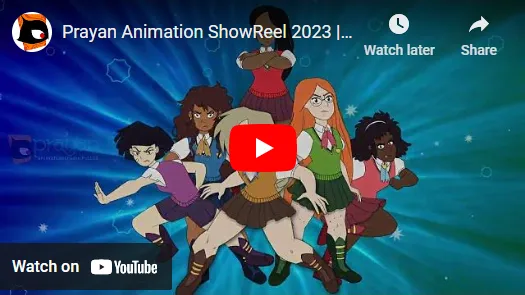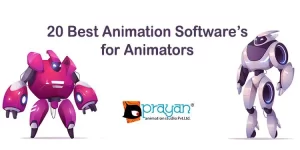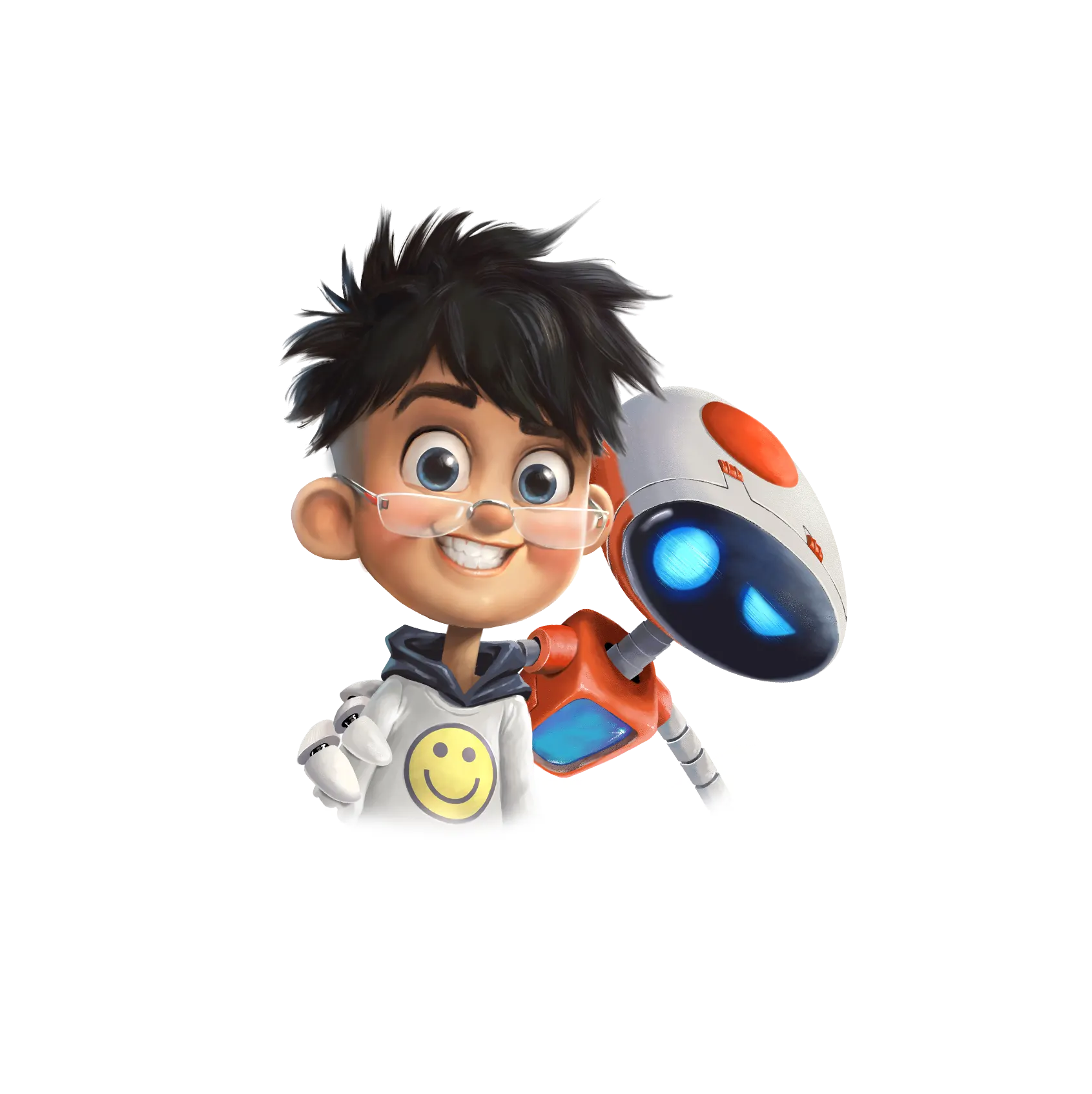Rotoscoping vs Traditional Animation: Which Is Right for Your Project?

Animation offers a wide range of techniques, with rotoscoping and traditional animation among the most established. Choosing between these methods requires an understanding of their unique strengths, processes and suitability for specific creative objectives. This blog explores both techniques and provides guidance on selecting the ideal approach for your animation project.
Understanding Rotoscoping Animation
Rotoscoping animation is a specialized process wherein animators trace live-action footage frame by frame to produce animated sequences that closely mimic real-world movement. Originating in the early twentieth century, rotoscoping has evolved from manual tracing on glass panels to contemporary digital workflows using advanced software. This method remains popular in film, advertising and music videos, credited for its capacity to achieve lifelike motion and subtle character gestures.
The process begins with recording live-action footage, which is then projected or imported into animation software. Artists meticulously trace the outlines and features of performers, capturing their movements and expressions with precision. This technique allows for enhanced realism and stylistic flexibility, as animators can choose to retain, stylize or exaggerate key elements of the original performance.
Exploring Traditional Animation
Traditional animation, in contrast, is founded on the drawing of each frame by hand or using digital tools without relying on live-action reference footage. Widely recognized in classic feature films and television, traditional animation demands artistic mastery, a deep understanding of motion and a rigorous commitment to detail.
Animators create motion from scratch through sketches and storyboards, developing characters and settings that reflect the project’s aesthetic vision. This process yields significant stylistic freedom, allowing for imaginative worlds and exaggerated, expressive characters. Indeed, traditional animation is often selected for stories that benefit from stylization, fantasy or abstract visuals, where realism is not the foremost concern.
Key Comparisons: Realism, Control and Cost
When comparing rotoscoping animation and traditional animation, several critical differences emerge. Rotoscoping excels in delivering authentic motion and subtle emotional cues, making it well-suited for projects that demand realism or aim to merge live-action and animation seamlessly. Conversely, traditional animation offers broader creative control, supporting diverse artistic directions and the ability to invent entirely new visual experiences.
Cost and production timelines should also be considered. Rotoscoping, while efficient for complex movements, requires preliminary investment in live-action filming and can necessitate more time-consuming frame-by-frame tracing. Traditional animation may require greater effort in planning and artistic execution but can be less dependent on external resources, especially for highly stylized or fantastical sequences.
Selecting the Best Technique for Your Project
Choosing between rotoscoping and traditional animation is ultimately determined by your project’s objectives, desired visual style and budget. For narratives that prioritize realism, subtle emotion or intricate interaction with live-action, rotoscoping offers a compelling solution. For those seeking imaginative worlds, exaggerated characters or complete artistic freedom, traditional animation may be preferable.
Collaboration with a skilled studio is crucial in navigating this decision and ensuring the selected technique is implemented to its full potential.
Prayan Animation: Guiding Your Animation Journey
Prayan Animation is recognized for its expertise in both traditional and advanced animation techniques. Our experienced team works closely with clients to identify their needs, develop creative strategies and deliver polished animation that meets the highest professional standards. Whether you imagine realistic animated sequences or vivid, stylized storytelling, we provide end-to-end support throughout the animation process.
If you are considering bringing your ideas to reality through animation, Prayan Animation invites you to consult with our team. We are committed to helping you choose the right technique for your project and producing results that exceed expectations.
Contact Prayan Animation today to discuss your animation goals. Let us transform your vision into striking, memorable animated content with the right approach and expert guidance.
FAQ’s
Rotoscoping is an animation technique where animators trace over live-action footage frame by frame to create realistic motion, combining live-action reference with artistic interpretation.
Traditional animation involves drawing each frame from scratch based on sketches and storyboards, allowing more creative freedom, while rotoscoping traces real footage to achieve lifelike movement.
Rotoscoping is generally preferred for achieving authentic and subtle real-world movements, making it suitable for projects requiring high realism.
Rotoscoping can involve added costs due to the need for preliminary live-action filming and detailed frame-by-frame tracing, whereas traditional animation might require more artistic effort but fewer external resources.
Prayan Animation offers expert animation services, working closely with clients to identify the best approach, craft creative strategies and deliver polished, professional results tailored to their project goals.














 We can help you.
We can help you. 




